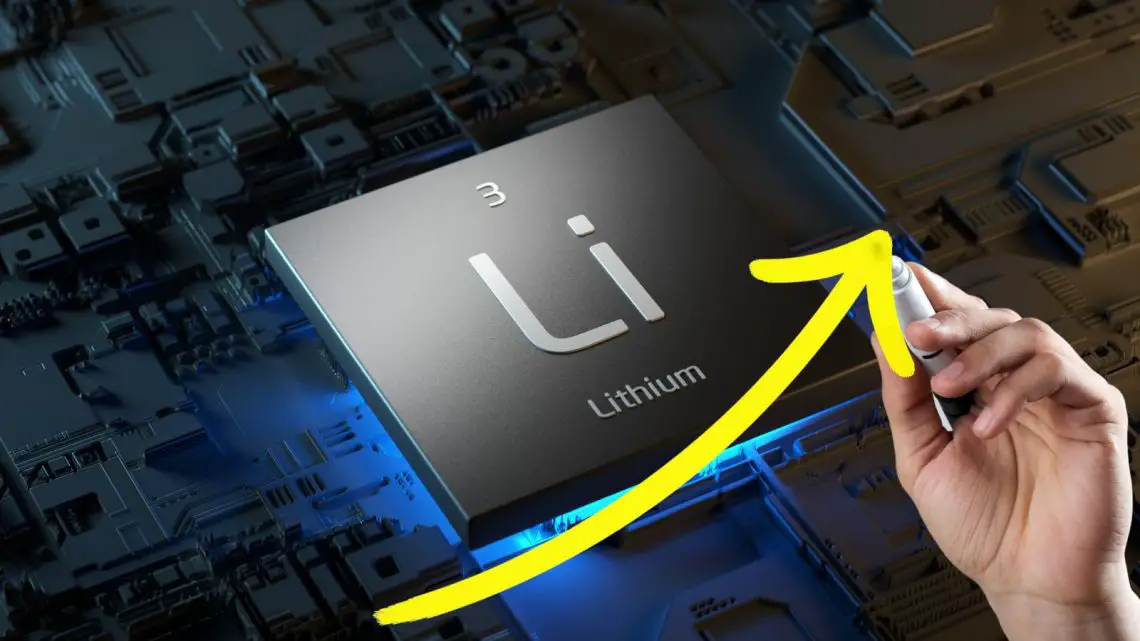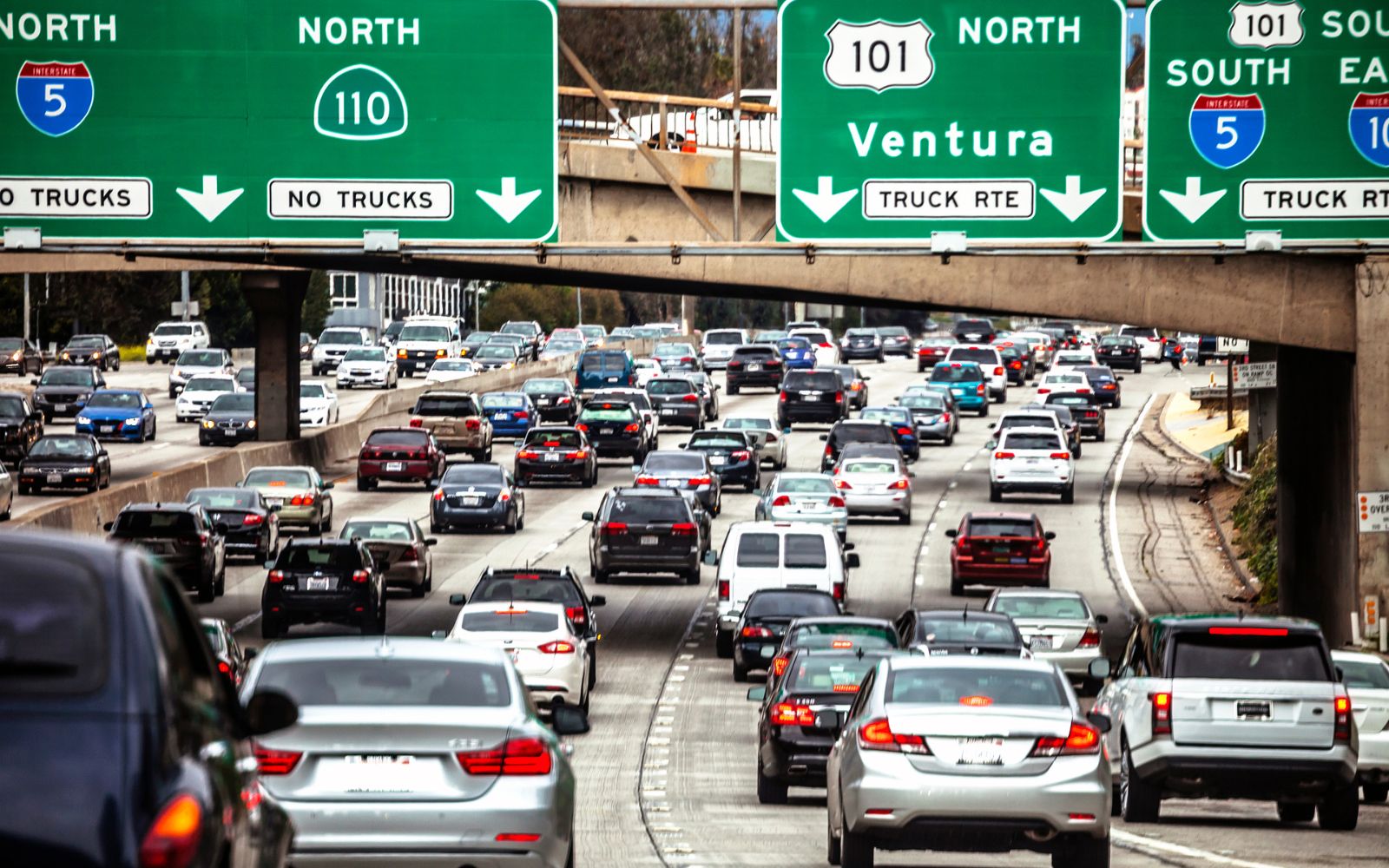
Are hydrogen cars the solution to the EV lithium problem?
May 20, 2023 3 By Jake MartinElectric vehicles are popular, but some of the materials needed for batteries are environmentally disastrous.
In the transition toward zero-emission transportation, electric vehicles (EVs) have become highly popular, but it could be hydrogen cars that present a solution many drivers aren’t aware of.
Walking cities would be the ideal, but few Americans are willing or able to give up the convenience.
Americans love their sedans, SUVs and pickup trucks. As most cities across the country are sprawling, these vehicles provide a direct way to get people where they want to be. This is particularly true in urban areas where public transportation is old and overcrowded.
Therefore, while well designed walking cities would be pleasant, realistically, millions of people across the US won’t have any intention of giving up their vehicles soon. Unfortunately, even with zero-emission battery electric vehicles, there is an environmental impact that can’t be ignored. These batteries are large and require lithium, an expensive rare metal that is environmentally and socially disastrous to mine.
The more EVs are made, the more lithium is required. As a result, many companies, industries and drivers are looking to the potential of hydrogen cars. While they, too, require batteries, they are notably smaller, requiring only a fraction of the lithium.
The IRA could make it much more convenient to own and operate hydrogen cars in the United States.
It is not to say that H2-powered vehicles should replace all fossil fuel vehicles and EVs. Instead, what many are seeing is that there is a place for both forms of zero-emission technology, and that they will complement each other on the roads of the near future.
The Inflation Reduction Act is funding the development of H2 refueling stations across the country to accommodate the transport trucks that will be relying on them as they decarbonize. With that infrastructure in place, it would require very little to also accommodate the refueling needs of passenger vehicles running on that same fuel.
No Perfect Solution
There has yet to be a perfect option developed to provide passenger vehicle transportation that doesn’t have a downside. Still, with a mix of EVs and hydrogen cars on the road, it could help these technologies to reduce each other’s negative impacts.
Ready to test your knowledge on the most abundant element in the universe? Take our fun and engaging Hydrogen Quiz now![forminator_quiz id=”58712″]
3 Comments
Leave a Reply Cancel reply
This site uses Akismet to reduce spam. Learn how your comment data is processed.



 With over 15 years of reporting hydrogen news, we are your premier source for the latest updates and insights in hydrogen and renewable energy.
With over 15 years of reporting hydrogen news, we are your premier source for the latest updates and insights in hydrogen and renewable energy.
I keep telling the EV fanboys FCEVs and perhaps hydrogen ICEVs will soon be seen as necessary because there may not be enough Li-ion batteries to make even 50% of all new transportation and personal vehicles pure EVs. By 2030, the expected ANNUAL worldwide demand for new personal vehicles is expected to be 100 million. Add to that an expected ANNUAL demand for 20 million transportation vehicles. That’s 1 billion personal vehicles and 200 million transportation vehicles within a decade. Electric transportation vehicles will need much larger battery packs, don’t forget. It won’t be long before environmental groups gain the upper hand, which will restrict mining and refining operations for lithium, graphite, nickel, cobalt, and rare earth metals. Toyota and others see this coming and have taken an ‘all of the above’ approach, which will spread a limited supply of Li-ion batteries to all vehicle types that require special batteries.
Three solutions are the answer to replacing lithium, (1) hydrogen fuels and seawater sodium sulfur batteries, both using nano-rippled graphene to achieve higher energy efficiency and worldwide availability. Please make the nano-rippled graphene from captured carbon dioxide and hydrogen. A very environmentally friendly way to make this amazing energy producing gift. Please read comment in “First hydrogen fuel station in Israel opens begins operations” in Hydrogen Fuel News.
The lack of fueling infrastructure and the dramatic increase in the cost of filling the tank on the only two H2 cars with limited availability in the US is the biggest hindrance to any expanding market. While the gasoline prices have gone down or at least somewhat stabilized, the limited availability of H2 and poor vehicle resale performance casts a dark shadow on the foreseeable future of passenger H2. There is no longer any value in the equivalent “cost-per-gallon” when it is 4 to 8 times the cost of gasoline. It appears that fuel providers have seen the 15K, 3 year H2 cards provided by dealers as a cash cow subsidized by the car manufactures and a license to steal. With a limited fuel availability, driving range, the last 3 years of Covid lockdowns and other contributing factors that kept most drivers from getting anywhere near exhausting their cards, why not just jack up the H2 prices to squeeze owners dry. This is not going to make for a bigger H2 vehicle market. Short-sighted thinking! In closing on a personal note; I love my Toyota Mirai. But when the three years free fuel runs out, the car will be worthless and far too expensive to drive. Scrap metal, or a museum piece.